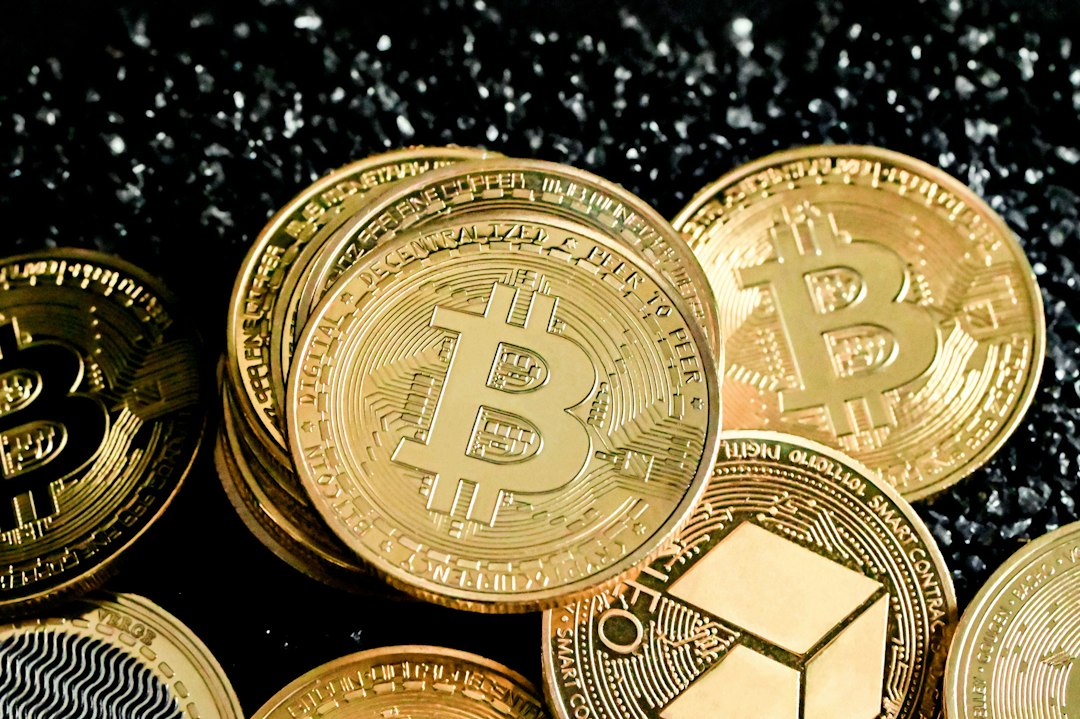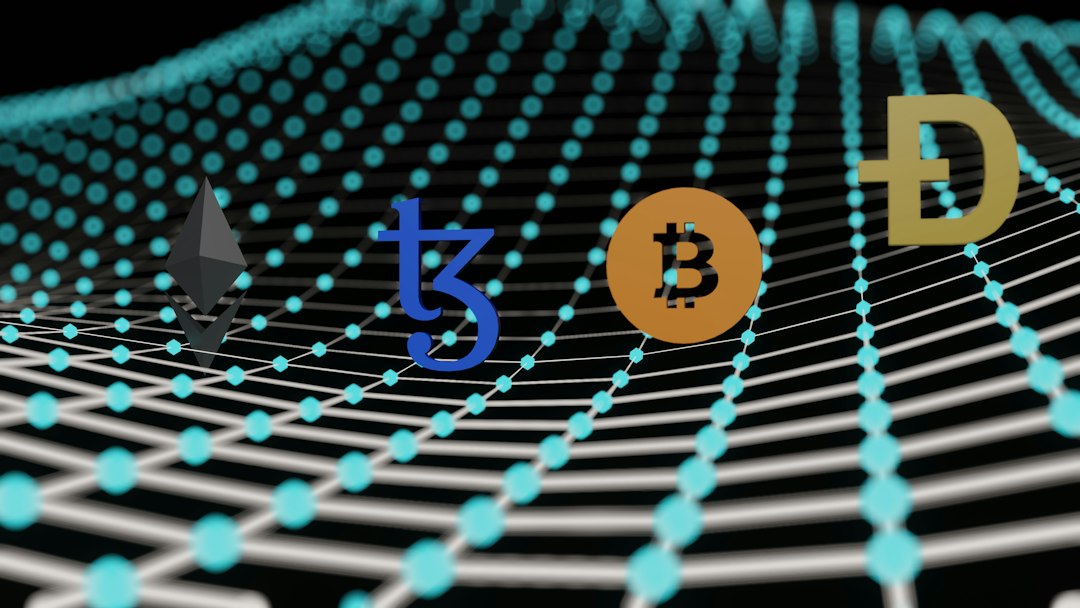Litecoin: A Beginner’s Guide to the World’s Fifth Largest Cryptocurrency
Welcome to the fascinating world of cryptocurrencies! If you are new to this space and looking to dip your toes into the digital currency market, then you’ve come to the right place. In this guide, we will take you through everything you need to know about Litecoin, one of the most prominent cryptocurrencies in the market. So, let’s get started!
What is Litecoin?
Litecoin (LTC) is a peer-to-peer cryptocurrency that was created by Charlie Lee, a former Google engineer, in 2011. It is often referred to as the silver to Bitcoin’s gold, as it is based on the same technology but with some key differences. Like Bitcoin, Litecoin operates on a decentralized network that allows for secure and borderless transactions.
Litecoin boasts faster transaction confirmation times compared to Bitcoin. While Bitcoin typically takes around 10 minutes to confirm a transaction, Litecoin aims to complete this process in just 2.5 minutes. This makes Litecoin a popular choice for those seeking quicker transaction speeds.
How does Litecoin work?
Litecoin operates on a blockchain, which is a decentralized and transparent ledger that records all transactions. It uses the Scrypt hashing algorithm, which ensures that mining Litecoin requires less computational power compared to Bitcoin’s SHA-256 algorithm.
Litecoin mining involves solving complex mathematical problems to validate and add transactions to the blockchain. Miners are rewarded with newly created Litecoin as an incentive for their work. The total supply of Litecoin is capped at 84 million coins, much higher than Bitcoin’s cap of 21 million coins.
What makes Litecoin unique?
Litecoin offers several unique features that differentiate it from other cryptocurrencies:
- Quick transaction confirmation times: As mentioned earlier, Litecoin’s faster block generation time allows for quicker transaction confirmations, making it suitable for day-to-day use.
- Active development and community: Litecoin has a dedicated team of developers working on improving the network. Its vibrant community actively participates in discussions and contributes to its growth.
- Segregated Witness (SegWit) activation: Litecoin was one of the first major cryptocurrencies to activate SegWit, a protocol update that enhanced transaction capacity and introduced other improvements.
- Lightning Network compatibility: Litecoin is compatible with the Lightning Network, a second-layer scaling solution that enables faster and cheaper transactions by reducing network congestion.
How can you buy Litecoin?
Now that you have a basic understanding of Litecoin, you might be wondering how to acquire some. Follow these simple steps to get started:
- Choose a cryptocurrency exchange: Research and select a reputable cryptocurrency exchange that supports Litecoin.
- Create an account: Sign up for an account on the chosen exchange and complete the necessary verification process.
- Deposit funds: Deposit your desired amount of fiat currency (such as USD or EUR) into your exchange account.
- Buy Litecoin: Use the funds in your account to purchase Litecoin. You can choose to buy at the current market price or set a specific price for your purchase.
- Store your Litecoin: After purchasing Litecoin, transfer it to a secure wallet for safekeeping. There are various types of wallets available, such as hardware wallets, software wallets, and paper wallets.
FAQs
Q: Is Litecoin a good investment?
A: As with any investment, it’s important to conduct thorough research and consider your own risk tolerance before investing in Litecoin or any other cryptocurrency. The crypto market is known for its volatility, and prices can fluctuate significantly.
Q: Can Litecoin be used for everyday transactions?
A: Yes, Litecoin’s faster transaction confirmation times make it suitable for day-to-day use. Many businesses and online platforms accept Litecoin as a form of payment.
Q: Can I mine Litecoin with my personal computer?
A: While it is technically possible to mine Litecoin with a personal computer, the computational power required to be competitive in mining has increased significantly. Mining Litecoin profitably usually requires specialized hardware known as ASICs (Application-Specific Integrated Circuits).
Q: Are Litecoin transactions anonymous?
A: Litecoin transactions are not completely anonymous. While they are pseudonymous and do not reveal personal information, all transactions and addresses are recorded on the public blockchain and can be traced.
Congratulations! You now have a solid understanding of Litecoin and how it operates. Remember to stay informed and exercise caution when participating in the crypto space. Happy investing!





 By
By
 By
By
 By
By
 By
By
 By
By